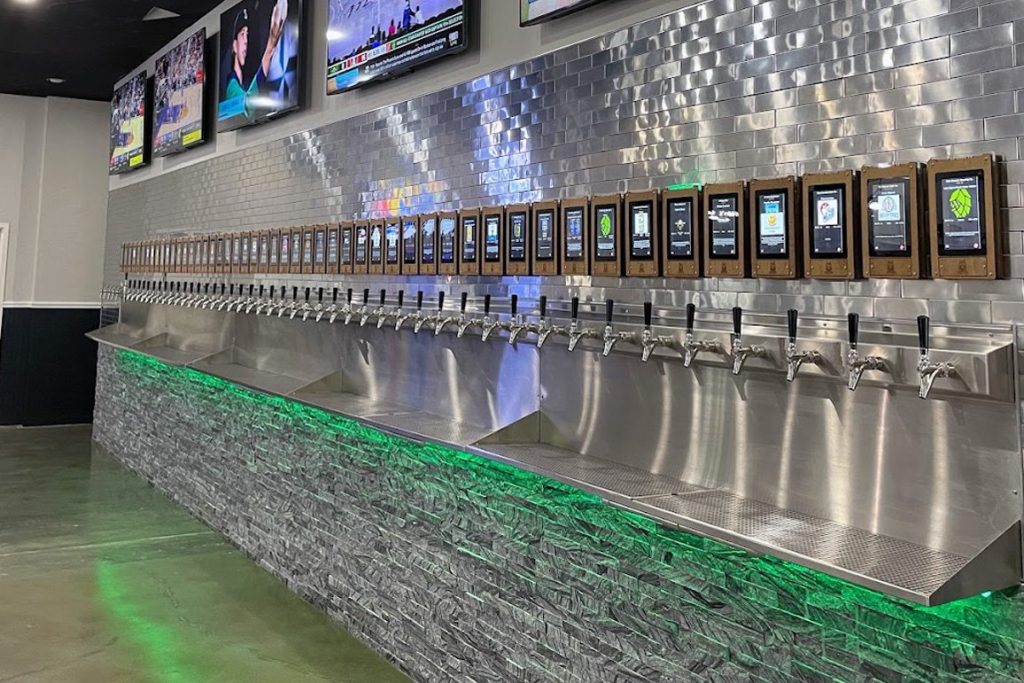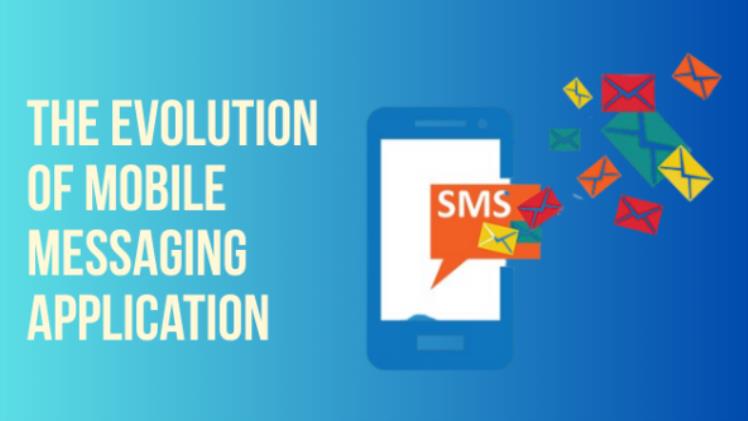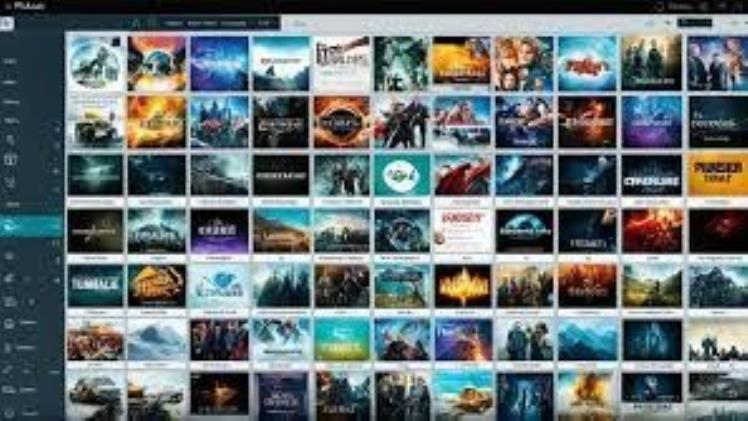How self-serve beer taps are changing the bar experience?

Bar environments evolved remarkably as consumer preferences shift toward more interactive and personalised experiences. While still prevalent, the traditional model of bartender-served drinks faces innovation from technology-driven alternatives that change how customers interact with beverages. This transformation reflects broader trends in hospitality where customer autonomy, reduced wait times, and expanded choice increasingly define satisfaction. A fundamental shift has occurred in the relationship between establishments and patrons, creating entirely new service models.
Using Self-Serve Beer Taps enhances service speed, minimizes staff workload, and digitally records each pour for better management. These technologies typically operate through specialised cards, wristbands, or mobile applications that track consumption by the ounce while giving patrons unprecedented control over selection, portion size, and pacing. The systems have spread from speciality beer establishments to mainstream restaurants, hotels, and event venues, signalling broader acceptance beyond novelty status.
Exploration without hesitation
The self-serve model removes traditional barriers to beer exploration that many customers experience. When ordering from a server or bartender, patrons often hesitate to try unfamiliar options, fearing they might dislike full-sized purchases. The ounce-by-ounce pricing model eliminates this concern, allowing small samples of multiple varieties without financial penalty or waste. This freedom particularly appeals to craft beer enthusiasts seeking to experience wide flavour profiles in a single visit.The exploration factor extends to establishments themselves, which can offer broader beer selections without concerns about stock spoilage. Self-serve systems spread consumption across more varieties, allowing venues to maintain the selection twice or three times while maintaining freshness standards through distributed customer interest rather than focused volume on a few popular options.
Speed versus traditional service
- Wait time elimination – Customers access beverages immediately upon decision rather than waiting for server availability during busy periods
- Peak period efficiency – Venues maintain consistent service speed regardless of crowd size, eliminating bottlenecks during rush periods
- Staff redeployment – Service personnel shift from order-taking to educational and support roles, improving the overall customer experience
- Consumption pacing control – Patrons determine their refill timing rather than relying on server attention cycles
This service speed transformation proves particularly valuable during high-volume periods like sporting events or weekend evenings when traditional service models struggle with demand spikes. The self-serve approach distributes the serving “work” across all patrons rather than creating bottlenecks through limited service staff.
Social dynamics reimagined
- Conversation catalysts – The tap wall becomes a social gathering point where patrons discuss options, share recommendations, and compare selections
- Group experimentation – Friend groups create informal tasting experiences, splitting small pours among members to maximise exploration
- Expert interaction shifts – Staff engage in education and recommendation rather than transaction processing, creating more meaningful exchanges
- Community formation – Regular patrons develop shared experiences around new releases and discoveries, strengthening venue loyalty
This transformation of social dynamics represents the most profound impact of self-serve systems beyond the noticeable operational changes. The serving model reshapes how customers interact with each other and staff, creating communal experiences around exploration rather than simple transaction completion. This community-building aspect explains why many establishments report higher customer loyalty and return frequency after implementing self-serve options compared to traditional serving models.





